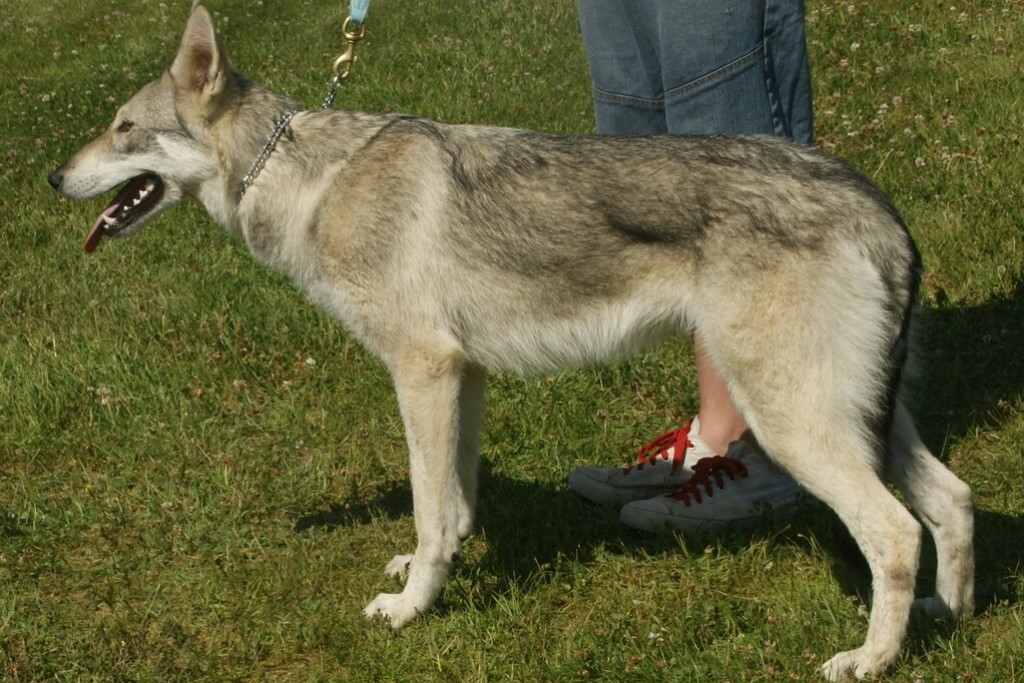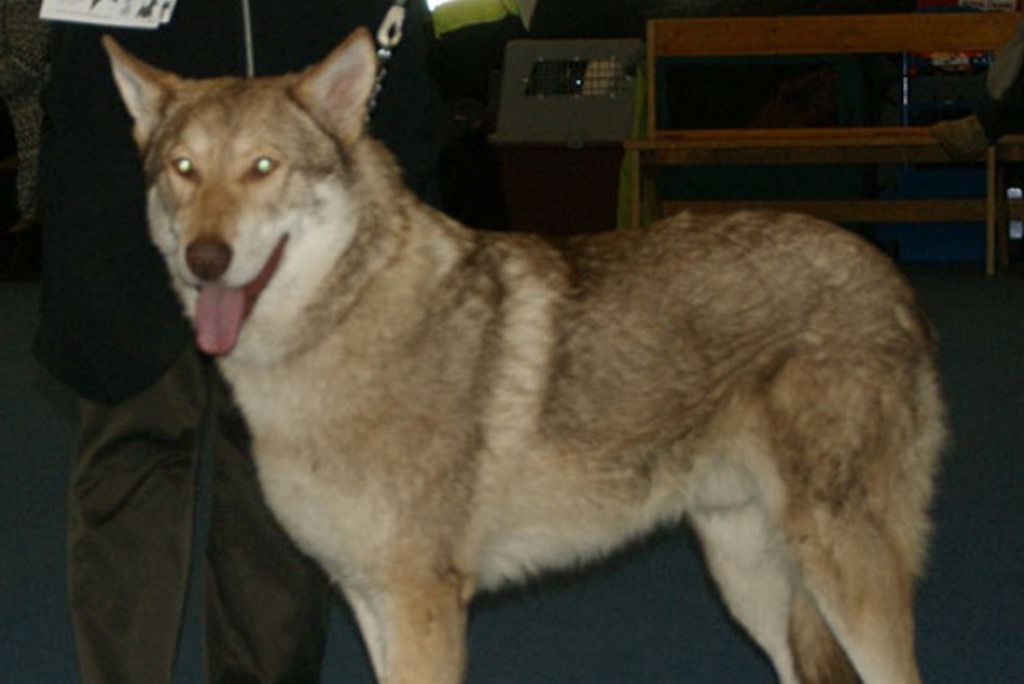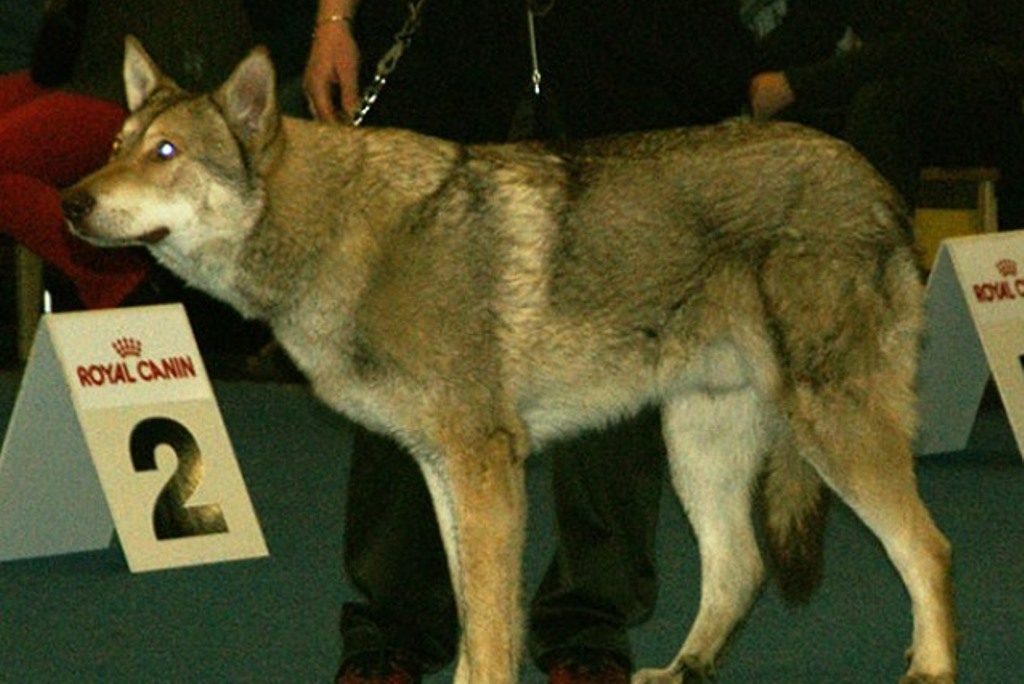
Saarloos Wolfdog: Strength and Majestic Elegance
The Saarloos Wolfhound dog breed is a breed that was born recently. It dates back to 1932, when Leendert Saarloos crossed a utility German Shepherd with a She-Wolf of Siberian/European origin. He initially succeeded in obtaining as many as 28 puppies, but only three of these were deemed suitable to become the official progenitors of the new breed.
The first subjects were used as guide dogs for the blind; later, wolf blood was reintroduced during selection, making the subsequent individuals unsuitable for any work, including that of guide dog.
This dog has not proved to be a good defence dog either, as like the wolf it is very suspicious, leads a secluded life and prefers to run away rather than attack. It is by no means aggressive either towards humans or towards its fellow humans, indeed it is considered a good idea to already have a dog in the house when getting a Saarloos Wolfdog.
This dog is in fact a pack dog, it considers the family and the other dog(s) as its pack and trusts only them. In fact, taking a dog of this breed is forever, it is unthinkable to leave him even for a few days, he would consider it a betrayal and would never trust humans again.
It is a dog suitable for experienced owners already of this breed as these are quite difficult dogs to train and have their own code that the owner must accept. Loyal, docile and affectionate of course but also a little stubborn and very autonomous, they submit reluctantly and their obedience is hardly absolute.
Character of the Saarloos Wolfhound

The Saarloos Wolfhound retains many of the behavioural traits of the wolf, is shy in front of strangers, very wary and tends to flee in threatening situations. He needs plenty of space. Ideally, he should live in the countryside and go for long walks in the woods with his owner.
He needs a lot of exercise because he is hyperactive and can get bored easily, especially as a puppy, and if left alone in the house he is likely to destroy everything in sight.
In this breed, socialisation is very gradual and is of the utmost importance for balanced adults. It is very affectionate and sensitive but must feel part of its pack every day. It does not tolerate loneliness, but likes to spend its time in company and follow the head of the family in various activities.
It is not suitable for lazy or sedentary people, the elderly and is absolutely not a flat dog, although it is a very good companion dog. Very sensitive, he cannot tolerate noise and crowds, which can quickly stress him out. It cohabits peacefully with other dogs, but socialisation must be started from an early age to avoid problems. It is not at all suitable for living with a cat as it has a strong predatory instinct and would see the feline as its prey.
Appearance of the Saarloos Wolfdog

The Saarloos Wolfdog is large in size, its height at withers being around 65 - 75 cm in males and 60 - 70 cm in females. In terms of weight, males weigh between 36 and 41 kg and females between 30 and 35 kg.
This dog has the morphology of a wolfhound, so it is very similar to a wolf, in fact it also has its gait, sinuous and light. It has a rather pronounced musculature, built harmoniously with long limbs, but which do not give the impression that the dog is disproportionate.
The head is characteristically wolf-shaped, but well proportioned in relation to the body, the truffle is generally black but can also be flesh-coloured, the eyes are almond-shaped, medium-sized, usually golden yellow, it has a very alert and intelligent look.
The ears are of medium size, rather straight and wide at the base, they have hair also on the inside and end in a pointed tip. The tail is attached rather low, carried sabre-like at rest and not very mobile. It may be carried high when the dog is in action or in an intimidating attitude.
The coat is short and very dense. The coat is composed of a woolly undercoat and covering hair. The permissible colours range from light to dark black and from very light cream to white. The cover hairs around the neck form a kind of collar.
Health and care of the Saarloos Wolfhound

The Saarloos Wolfhound generally enjoys good health. Its average life span is long for dogs of this size, ranging from 12 to 14 years. It may suffer from poor digestion or dermatitis. He suffers much more from heat than cold, and needs a lot of exercise and being in the open air.
As far as its diet is concerned, it is not prone to put on weight, and as far as its coat is concerned, it only needs to be brushed periodically and does not need special care.






















